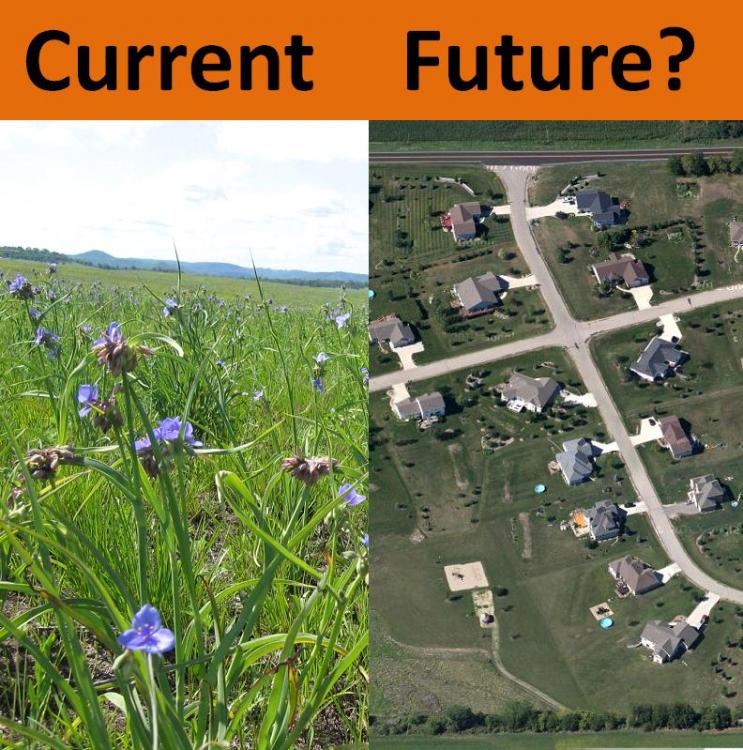Posted 02/26/13
Scientists at The Nature Conservancy (TNC) have recently identified the Nation's areas of biodiversity significance, representing the best examples of native biodiversity in the U.S. and encompassing critical areas for future conservation efforts. Using models of future land use change, Dr. Sebastian Martinuzzi shows that future human activities could threat some of these areas, and provides insights for conserving these valuable lands.
Recent efforts by The Nature Conservancy (TNC) resulted in the identification and mapping of the Nation’s areas of biodiversity significance. These areas represent the best examples of native biodiversity in the U.S. (plants, animals, and ecosystems), and therefore they are important areas for conservation and management (visit http://maps.tnc.org for an interactive map). Yet, the value of these areas could be threatened by future human activities and environmental forces, such as land use and climate change. Sebastian Martinuzzi, a post-doctoral researcher in the Silvis Lab, is investigating how future land use changes my affect those important areas for biodiversity. According to Sebastian ‘If we want to conserve biodiversity in the U.S., we need to understand the potential impact of future land use changes on the nation’s areas of biodiversity significance.’

For this, Sebastian is using land use projections, derived from an econometric model, to quantify the potential loss of natural habitats in areas of biodiversity significance. ‘The benefit of econometric models is that they allow us to forecast future land use changes under different policies and economic conditions that we can create,’ and he adds: ‘In doing so, we can explore how different policies could affect future land use changes in areas of biodiversity significance’. In this study, he and his collaborators explored four different policy scenarios: i) a Business-as-usual scenario, in which future land use changes continue at a current rate and pattern, ii) a scenario that imposes a tax to those land owners that want to deforest (formally known as Avoided Deforestation scenario), iii) a ‘smart growth’ scenario that limits urban expansion (formally called Urban containment scenario), and a ‘pro-agriculture’ scenario, in which crop commodity prices increase every year (High Crop Demand scenario).His results show that, in some regions, the areas of biodiversity significance could see up to 30% habitat loss due to future land use expansion. The urban containment scenario seemed the most beneficial to the areas of biodiversity significance, while the high crop demand scenario was the most destructive. According to Sebastian: ‘The areas at highest risk seemed to be located in south-central and eastern U.S.’. Understanding how areas of biodiversity significance could be impacted by future land use changes aids in prioritizing land acquisition and developing protection strategies, by identifying areas in most imminent danger. Sebastian hopes his results will be used by land managers and policy-makers, to aid in informed decision making for land conservation.

“
Story by Jessica Gorzo
